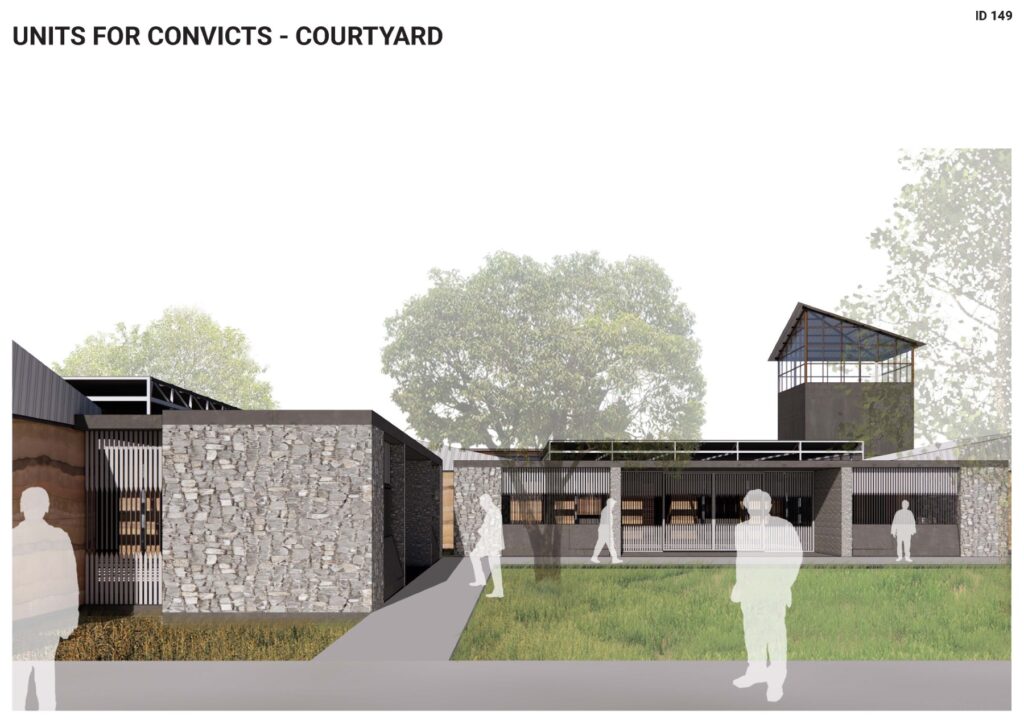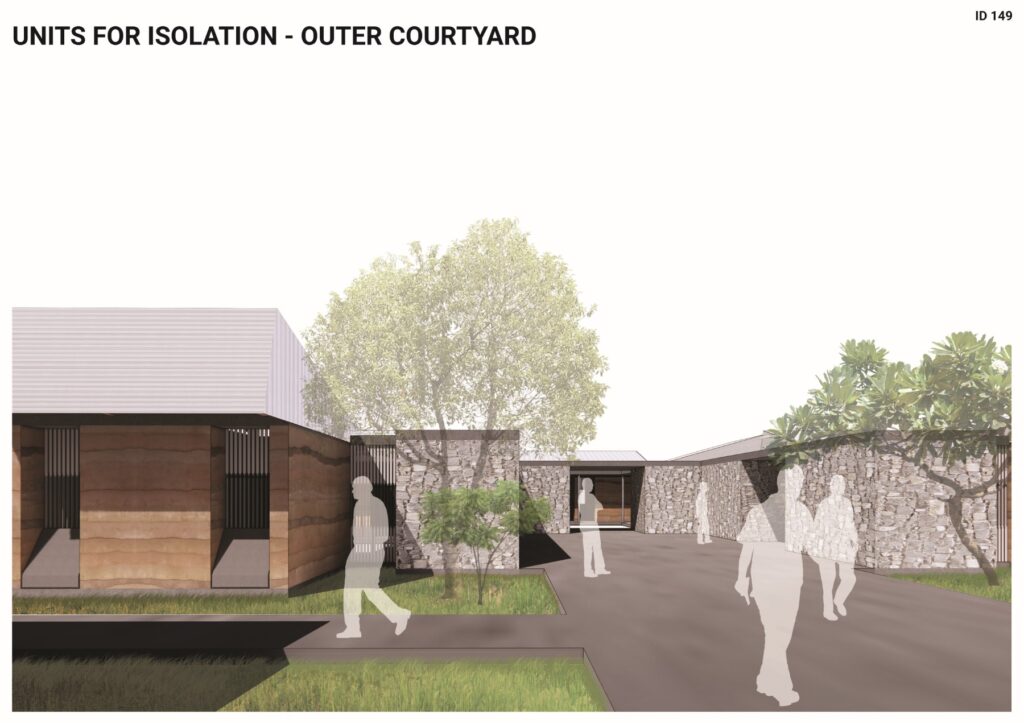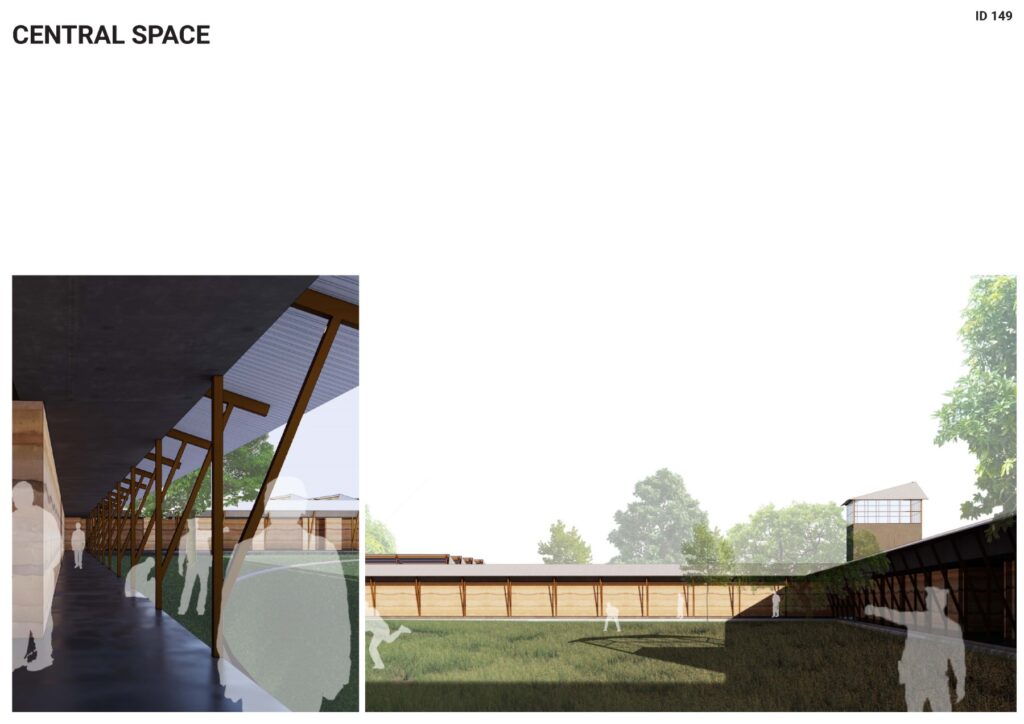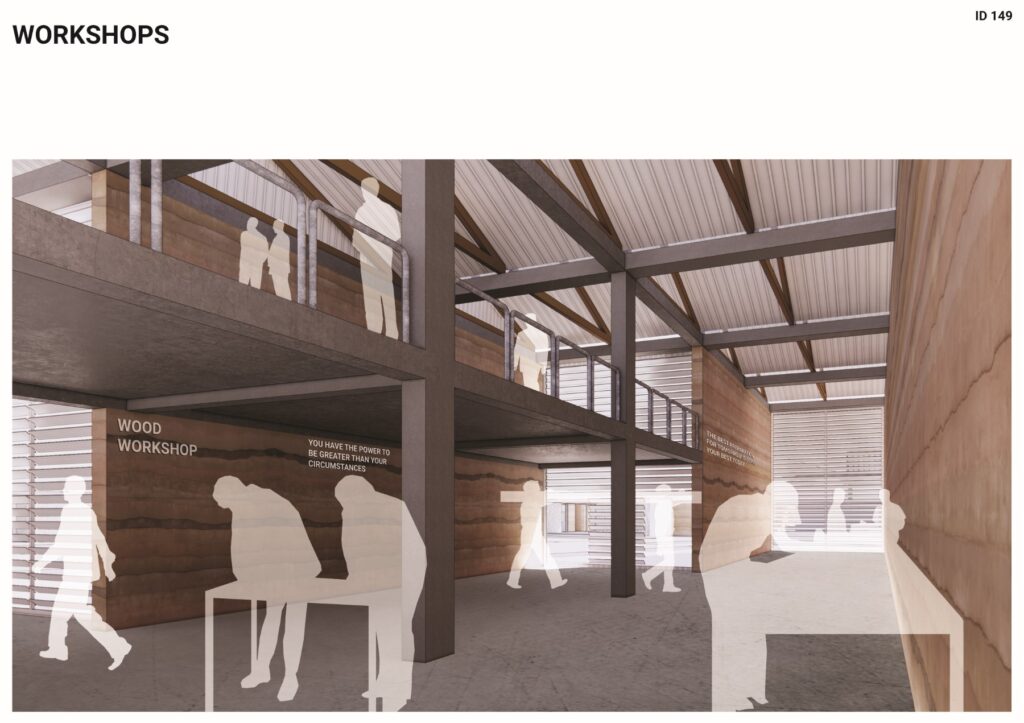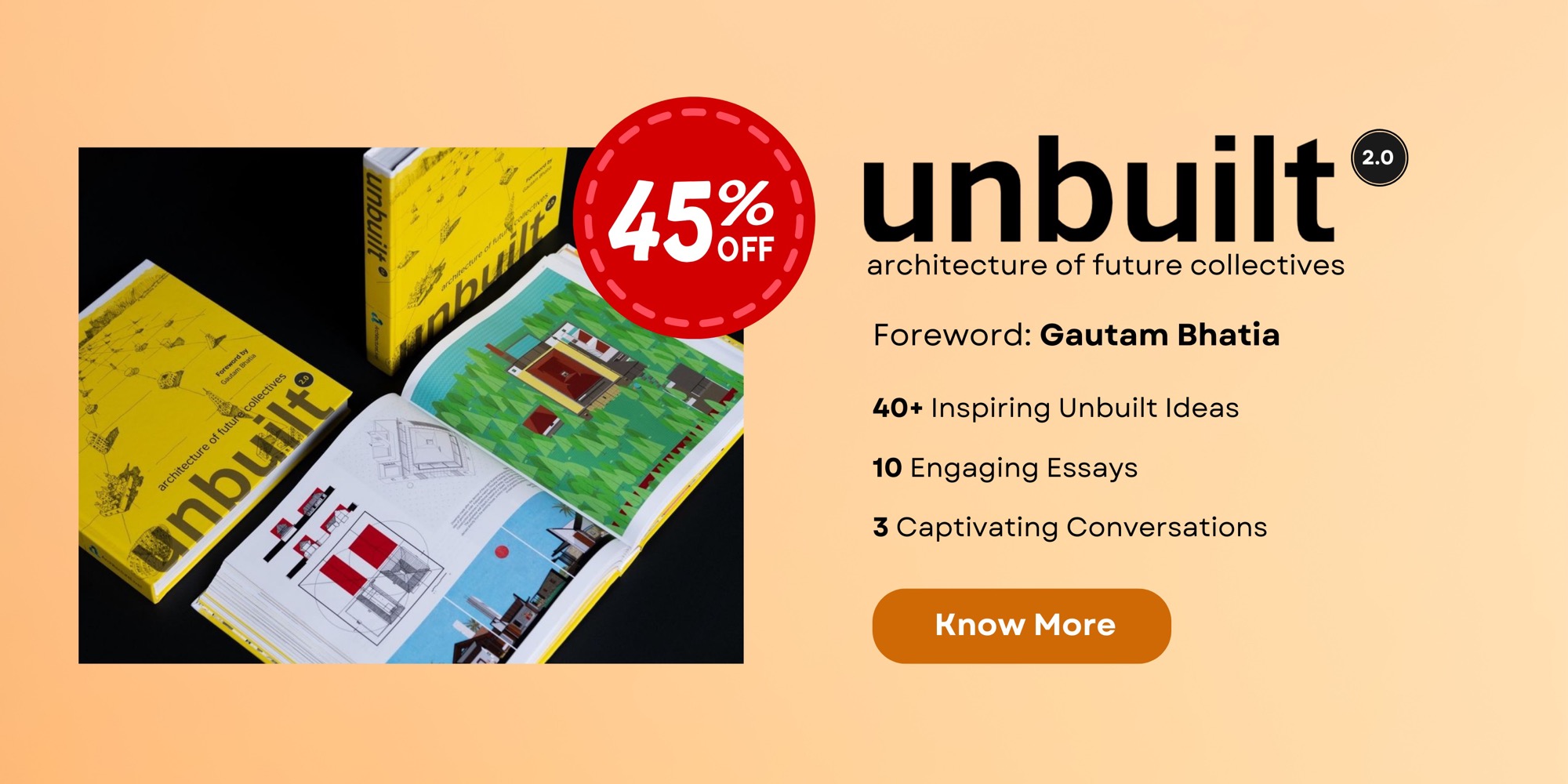“If people get sick, we take them to the hospital and give them the right medicine to get better. If people’s behaviour is sick, we bring them to the prison, but we forget the medicines.”
– Gurudev Sri Sri Ravi Shankar
A prison, commonly viewed as a correctional institution, is often found to lack a humane approach towards its functional interpretation and design philosophy. In terms of function, it is considered to be a place where one is punished for his or her inappropriate actions in the past.
While the main intention of a prison is to curb unethical activities and practices in society by means of confinement, the place of confinement need not be in an uncomfortable and inhumane environment. Instead, it may be more effective to think of a prison as a place that nurtures human values and self-realisation – a place that tackles the root cause of crime in society.
Supportive Discipline Contemplation Social Values Self-Transformation
The design proposal envisions a place that lays a strong foundation for self-transformation and rehabilitation of the inhabitants by providing supportive discipline within a contemplative environment.
The fundamental aim is to provide a place with opportunities to unlearn old patterns and habits while learning new ones aids physical well-being and emotional healing to bring a positive outlook towards life.
The design strategy takes a strong inspiration from the learning institutes of ancient India where students or monks spent time away from societal obligations to acquire deep knowledge, skills and a path towards self-realisation and inner transformation.
Key spatial qualities and organisational principles of ancient monasteries/universities such as the Ajanta caves, Nalanda and Takshashila are taken as a reference for the living unit design The design philosophy revolves around the following aims:
- Replacing punishment with Supportive/Preventive Discipline
A controlled and regulated campus without giving a sense of confinement to ensure a conflict-free environment - Isolating from Society for Reflection and Contemplation
An opportunity to reflect on past actions, mistakes and experiences to establish a foundation for change - Preventing future crime through inculcation of Social Values
Creating a community living experience through interpersonal support and empathy - Rehabilitation through Self-transformation
Facilitating transformation through skill development workshops and sports activities
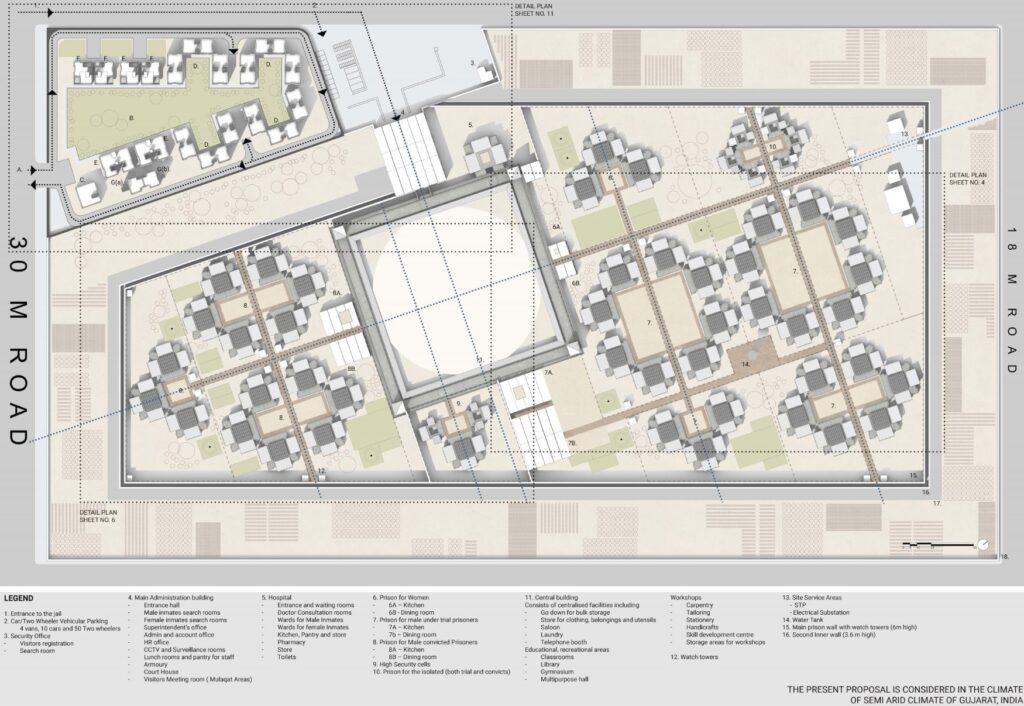
Prison as a Place for Transformation
Organisation
Single Administration Building: The building acts as a strong barrier between the inside and outside with all administrative functions consolidated within.
Accentuating the Centre: Workshops and common facilities are centrally placed along the playground (courtyard) to ensure easy access
for inmates (except high-security) and security staff.

Zoning
Zone-Wise Cooking and Dining Facilities: A kitchen is planned along an open courtyard with an adjacent dining area for each inmate group (except high security).
Ward-wise Allotment of Open Space: For better security and an efficient landscape management strategy, each ward has a dedicated open space to be maintained by respective inmates.

Security
Enhanced Security Measures: A seven-gate system along with wards separated by fences is devised for stronger security.
Stronger Segregation: The intersecting axes form four separate zones for convicted, high security, under trial and women inmates.

Living Modules
Reorganised Barracks: The toilet blocks are pushed behind making space for small common rooms at the front of each barrack.
Police and Staff Quarters: The police and staff housing has been detailed out with each unit designed based on a modular grid.

Landscape and Sustainability Strategies
Landscape: The landscaping comprises a combination of four different types of vegetation, each serving a specific purpose. The plants and trees chosen under each of these types thrive locally and hence, are economically and environmentally sustainable.
Sustainability: Using vernacular and sustainable practices helps in developing a self-sustaining campus which gives back additional resources to society.
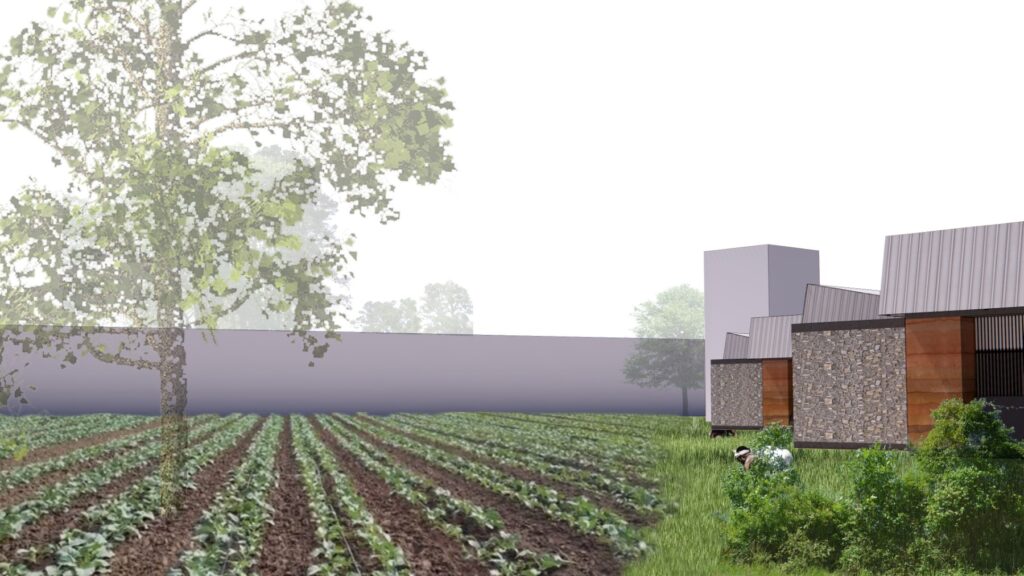
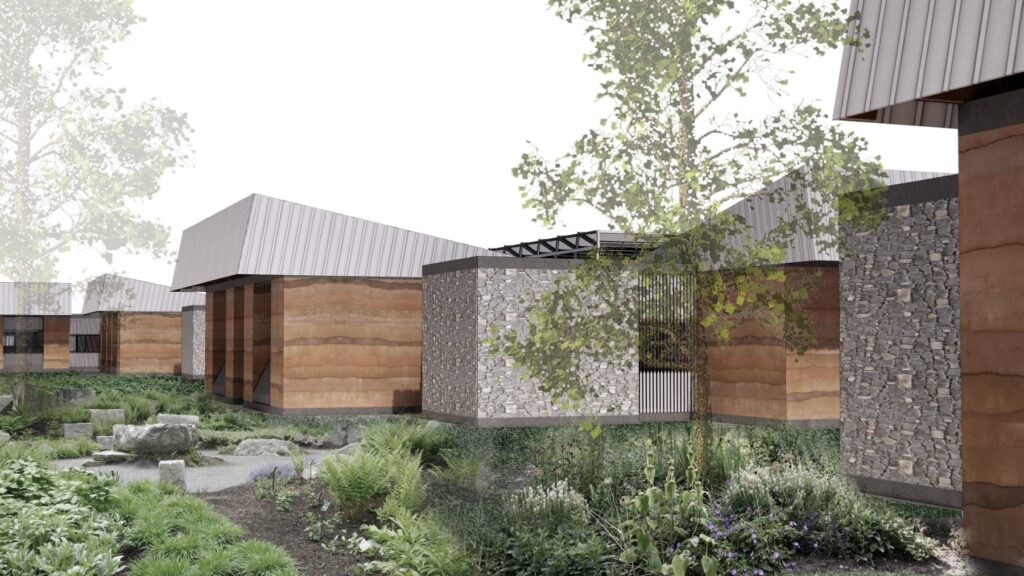
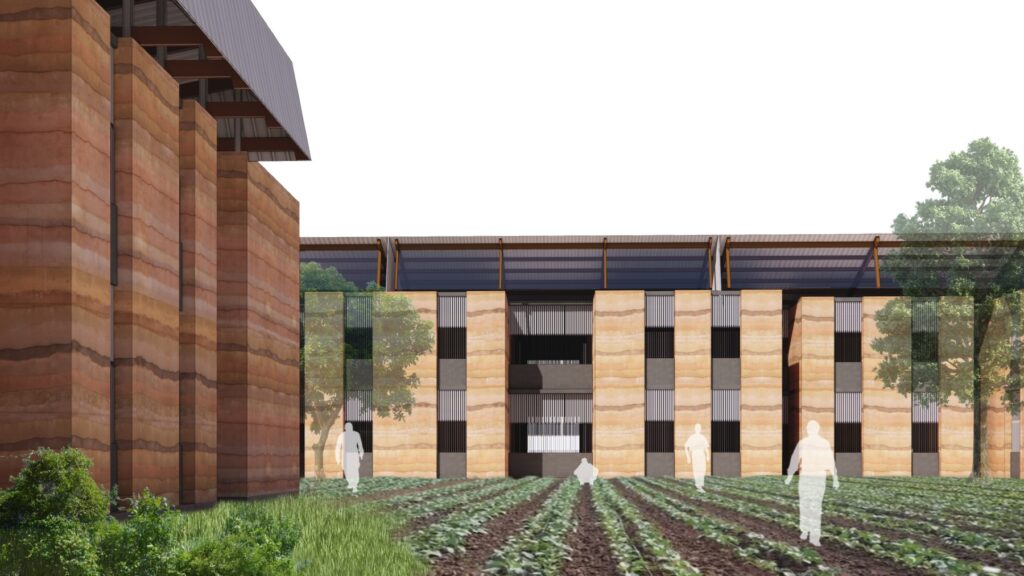
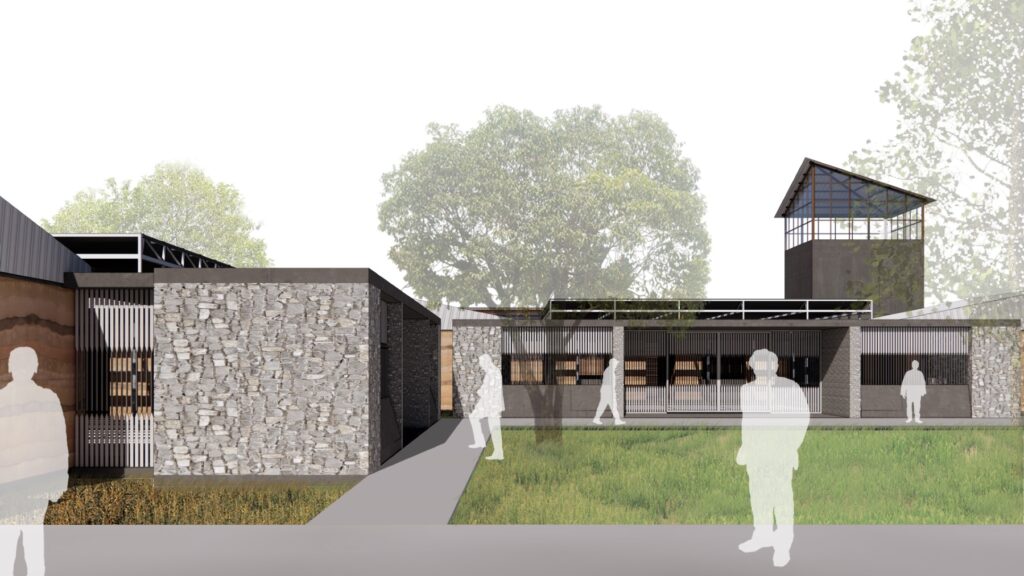
Gallery – Drawings:
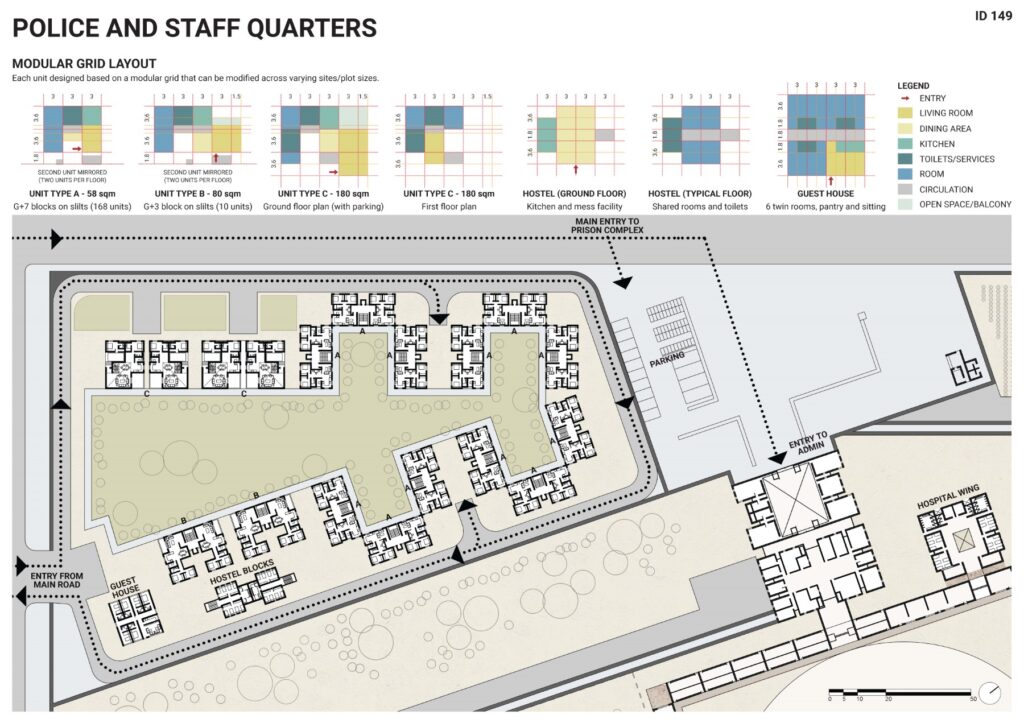

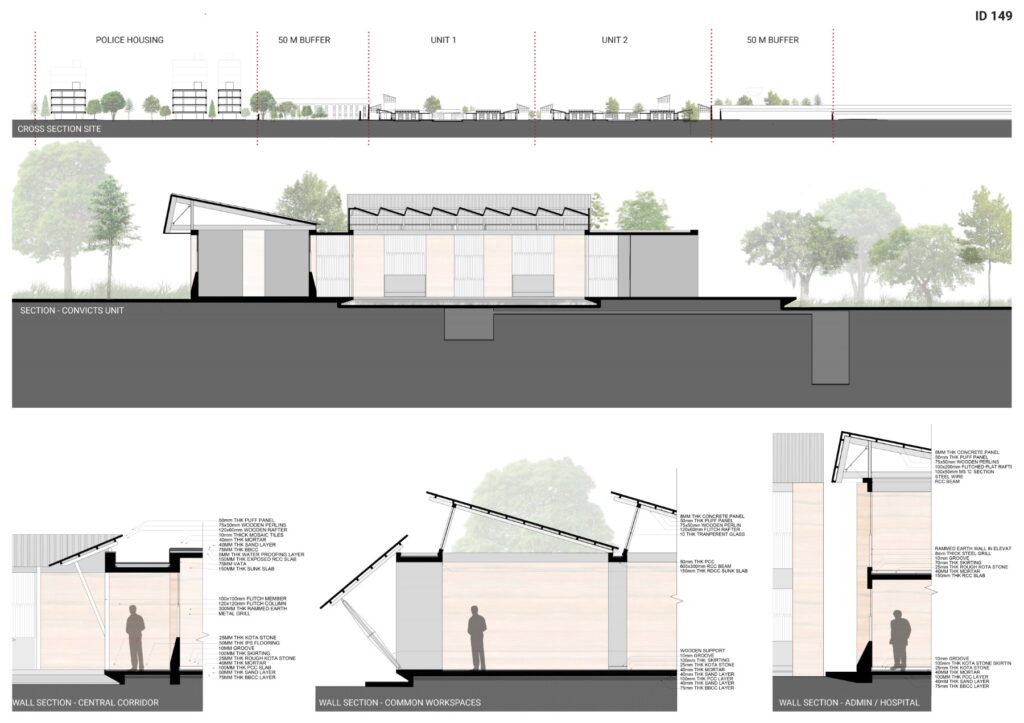
Gallery – Renders:
